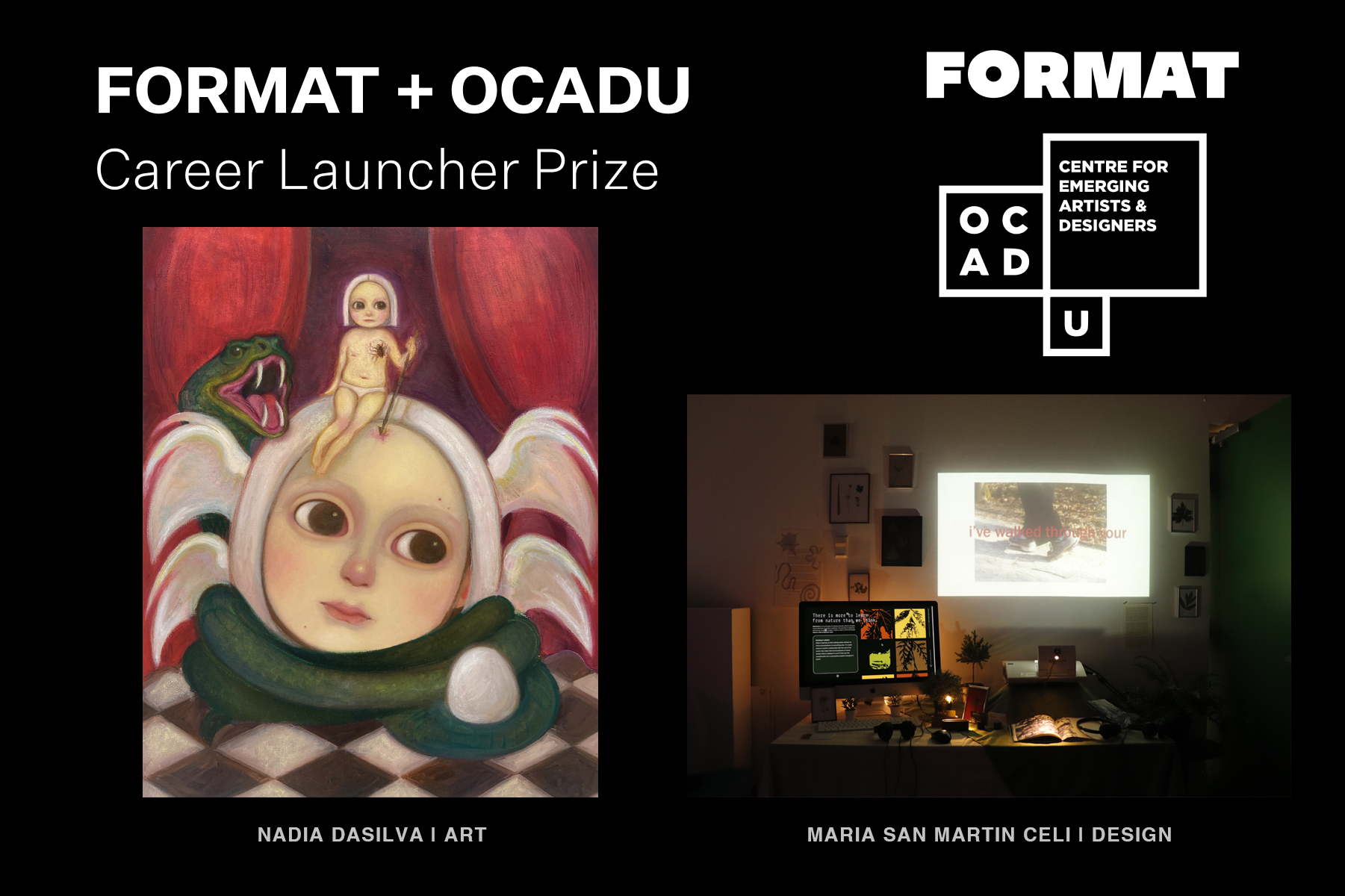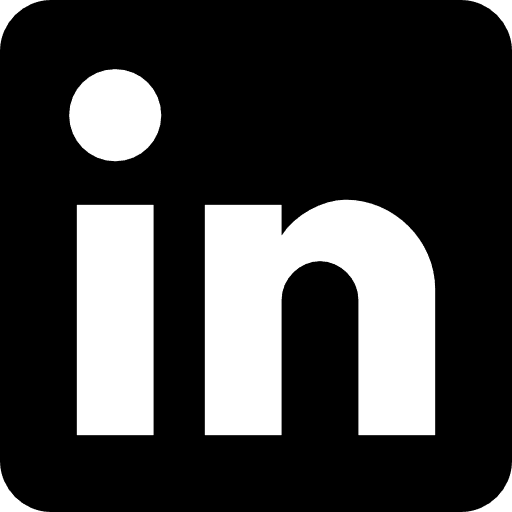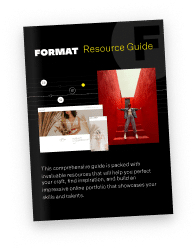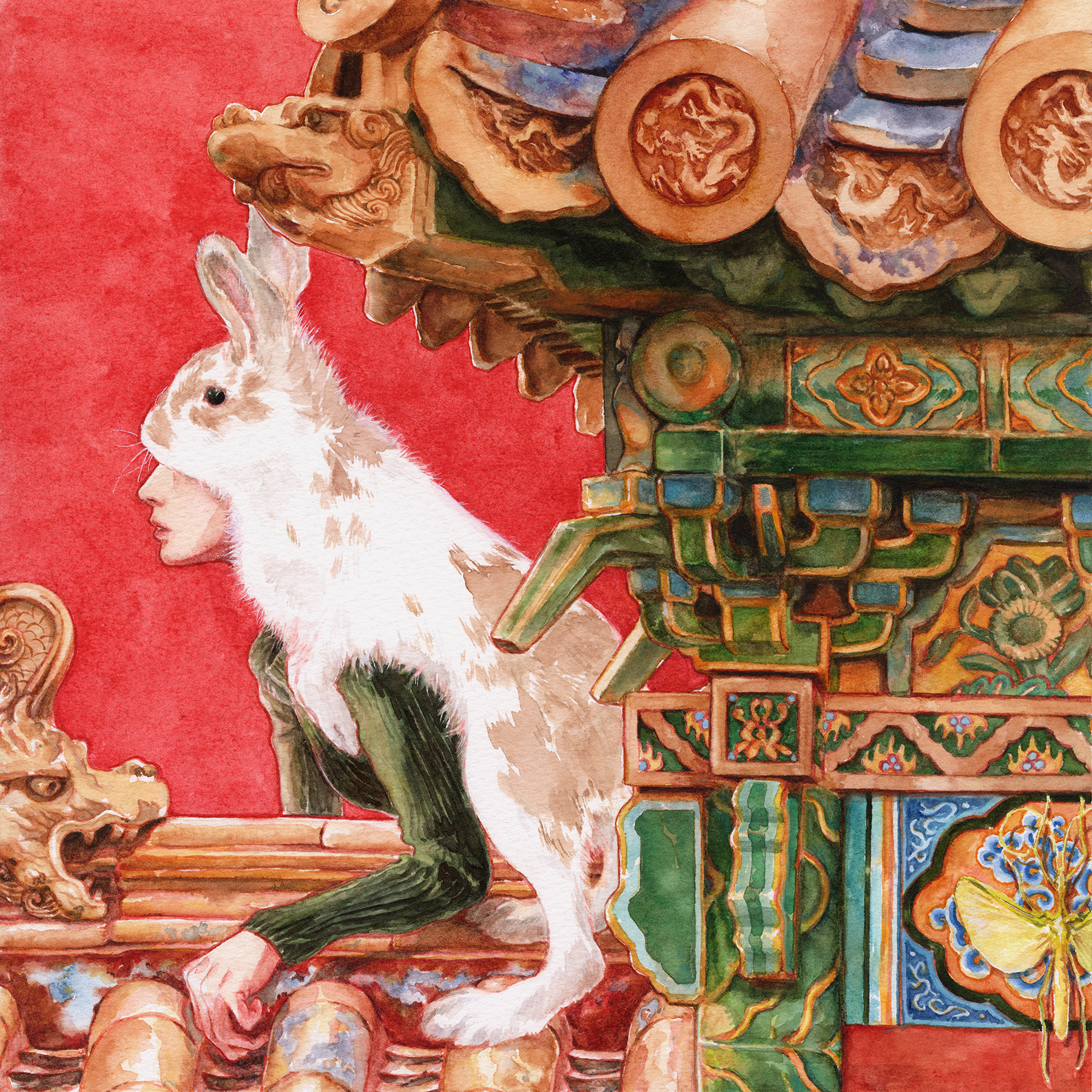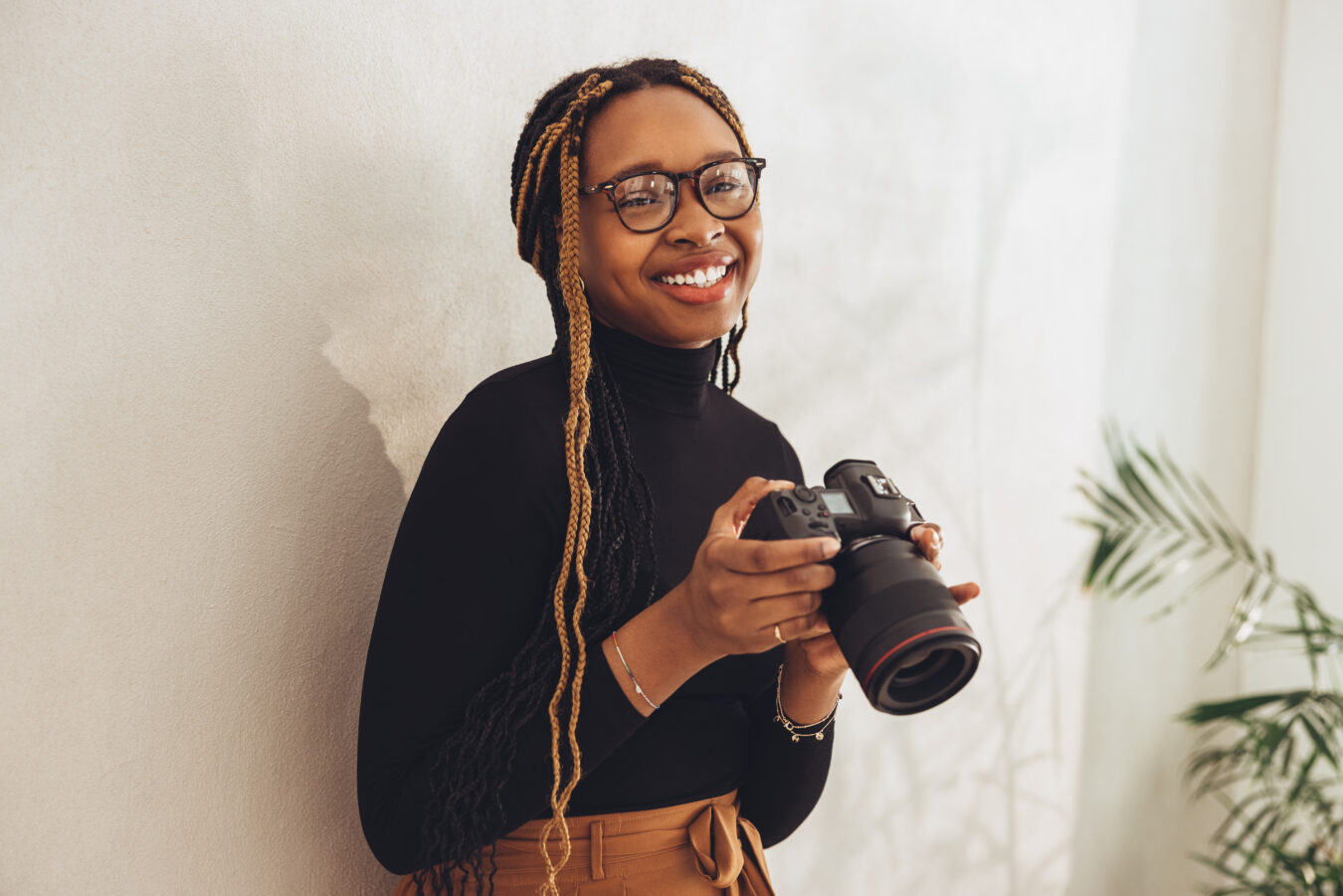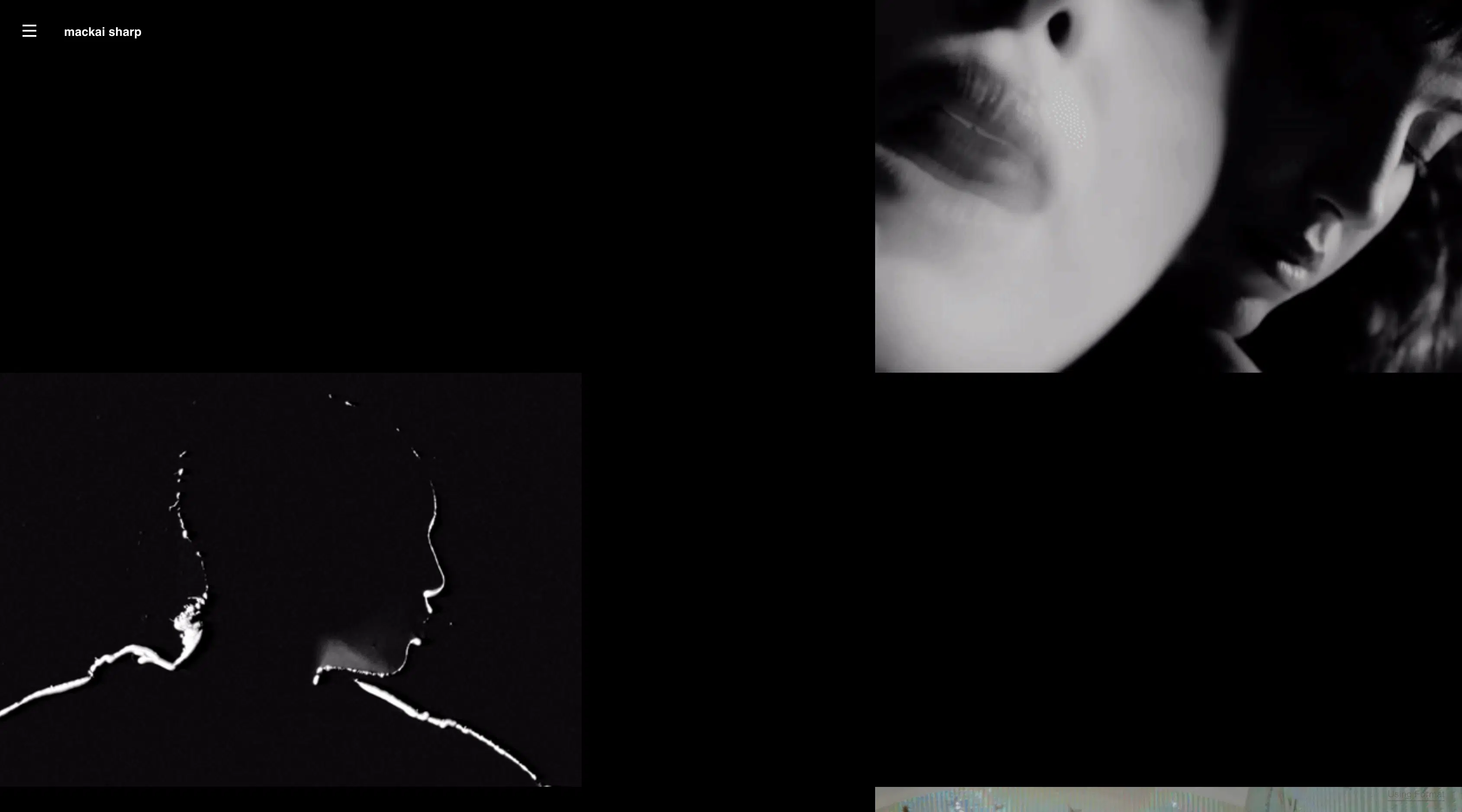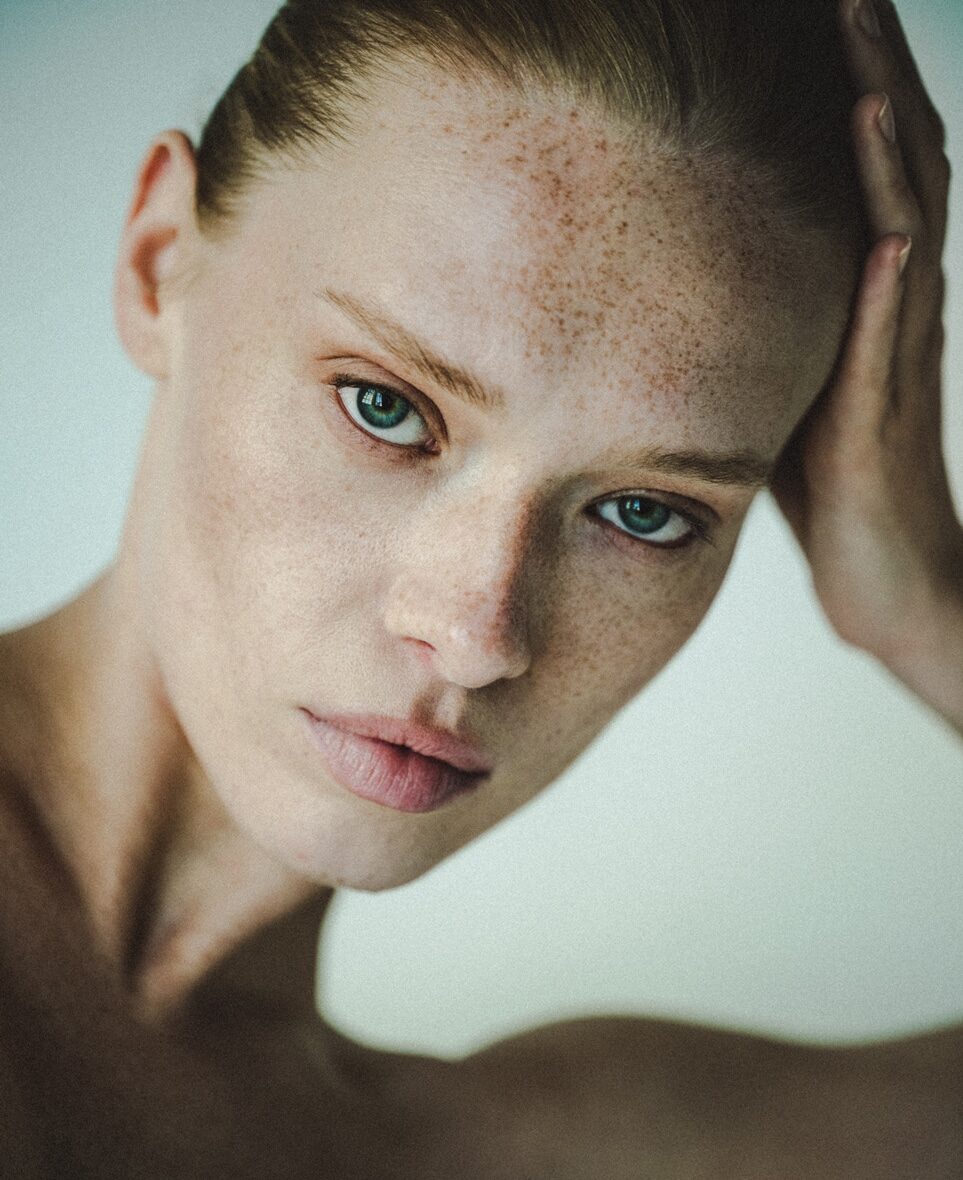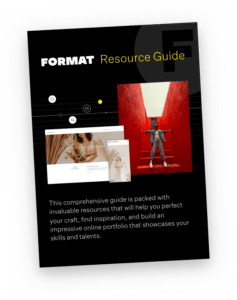We are is pleased to announce the winners of the third annual Format Career Launcher Prize in partnership with the RBC Centre for Emerging Artists and Designers at OCAD University (OCADU): Maria San Martin Celi and Nadia Da Silva as well as runners-up Tara Haghighi and Vishwa Patel.
Since 2012, Format has partnered with OCADU, Canada’s largest and oldest art and design institution, to provide free website hosting to students while they are enrolled and for six months after graduation. This ongoing annual award will be made available to one eligible graduating designer and one eligible graduating artist each year.
In addition to supporting these emerging creatives through a free life-time subscription to Format and a monetary prize, Format is featuring their websites within our community, celebrating their work and supporting them with early exposure to help jump-start their careers. In 2022, Format and its parent company, Zenfolio Inc., announced a pledge to give $1million worth of website subscriptions to students studying art, design, photography, and related fields.
Aligned with Format’s mission to promote the future of art and design, this prize gives students a launching pad for their professional journey.
Meet the winners:
In this article, we meet the winners of the third annual Format Career Launcher Prize and hear about their visions for life after graduation. Join us in celebrating these talented graduates and visit their portfolios to follow their journey.
Maria San Martin Celi
Winner: Design
Format Portfolio: https://mariasanmartinceli.format.com

Start off by introducing yourself and telling us where you’re from
My name is Maria San Martin Celi. I grew up in Ajax, Ontario, but I was born in Sullana, Peru. I’m a graphic designer and illustrator interested in all things art, nature, and culture.
How did you get started in design? What led you down this path?
I initially got interested in design in high school. I had an interest in packaging design and the ability to be able to communicate something through the way that you assemble and present a package.
I had really great high school teachers who introduced me to more areas of design. I loved graphics and they opened my eyes to the idea that I could find a fulfilling, secure career through these interests. Since then, I was pretty much set on studying graphic design.
Please tell us about your program at OCAD U and the focus of your work in your final year of study.
During my time at OCAD U, I majored in graphic design and a really great community of designers that I was able to learn from and collaborate with. In my last year of OCAD, I did a thesis workshop, so I was able to engage in a long-term, self-directed project over the course of the year.
I’ve always been interested in the idea of natural systems and how they intertwine with human relationships. My main project was an animated video series that I titled Dear Toronto, which is an animated letter that I wrote to Toronto, addressing it as a person as opposed to a city and I wanted it to be very personal and playful in that way.

The video reframes Toronto as a city that’s very rich in green space and natural resources as opposed to the reputation it gets for being full of skyscrapers and highways. When I was doing my research for that video, I found a lot of interesting information on rates of loneliness and isolation in Canada, and Toronto specifically. Through my research I found that rates of loneliness are very interrelated to rates of affordability as well as access to nature and green spaces. Because when people do want to find that community and engage more in local spaces, a lot of the time there’s not always a third space where they can do that for free. Green space allows for that space of engagement that’s universally accessible.
My video sort of frames the green spaces in Toronto as something that we should protect and nurture and value as that resource and venue that we can build that community in.
How has your formal training impacted your work.?
My formal training really gave me more of a structure to my design process. I find that I feel less like I’m feeling out my process as I go, but instead I have more of a foundation for planning and executing a project. There is always so much beauty and enjoyment in creating work without a plan and just going, but I feel like with the skills I’ve learned I get lost in my process way less. I feel like my training has taught me to be a lot more versatile in my graphic design practice and to look towards a variety of options when I’m problem solving.

Where do you see your work going next?
I would love to continue specializing in motion design. I find that I really love including storytelling elements through rhythm and movement in my work. So I’m still very excited to learn more and see what other kinds of applications there can be for motion design in my work.
How did you find the process of making your format site? Did any features stand out to you?
I found Format website builder to be pretty intuitive. It gave me creative freedom to bring the ideas that I had of my portfolio website to life. I really enjoyed playing with the video features, which allowed me to show my work in different ways and also incorporate that element of motion into the title page of my website. Really, I feel like it reflects the essence of my work. I really liked the new flex block feature because it gave me a lot more freedom to build more abstract layouts.

What role do you see your Format site playing in your transition from student to professional?
I find that having a venue to showcase my work is becoming extremely important. Format has been able to be that venue for me and really let my work shine through the layout and customization options that it gives you. My format site has been able to really bridge that connection for me between like a student and professional.
Who are some designers that you’re looking at for inspiration and or whose work do you admire?
First and foremost, the group of designers that I hang out with, my friends and classmates, we like to exchange ideas and support each other’s work. Another artist whose work I admire is Chia Amisola. They’re an artist and technologist that like dedicates their work to making like
internet ambient spaces, which is so interesting to me. I’m just really inspired by the element of performance and storytelling that they incorporate in their work. I’m also really inspired by the work of Mosyenboy. They post their work on Instagram and they just have such a beautiful and like rhythmic understanding of motion graphics that makes their work so engaging.

So what’s on the horizon for you? What are you plans post-graduation?
This summer I’m going to be starting an internship. It’s going to be my first graphic design position and my first official job experience, so I’m excited about that. The internship is with Trooh Media where I’m hoping to keep branching out more into motion design.
If you could manifest your dream career, what would that look like?
I could really see myself working in a studio alongside a team. I really love collaborative work. I also see myself working with motion and movement, like storytelling. Any environment that allows me to explore these interests would be amazing.
Nadia Da Silva
Winner: Fine Art
Format Portfolio: https://nadia-da-silva.format.com/

Please introduce yourself.
My name is Nadia. I was born in Portugal, then raised here in Toronto, and I’m a painter and an OCADU graduate.
How did you get started in the arts? What led you to this path?
My family emigrated to Canada from Portugal when I was young. So growing up, especially because at the time I didn’t speak English well, I was always left in the ESL classroom drawing. Because of this formative experience, drawing stuck with me.
Please tell us about your program at OCADU and what the focus of your work was in your final year of study.
I went to OCAD for Drawing and Painting. I minored in Illustration as well as Gender Studies. These subjects really impacted my thesis work in my final year, which was an exploration of the self, reflecting on the displacement I felt between the land, my culture, as well as my own identity and gender. The culminating body of work was a place for me to explore these complex parts of my identity and the paths of study I’ve taken to better understand myself and my history.

Describe the visual aesthetics of your painting practice to someone who hadn’t seen it yet.
I just finished GradEx [OCADUs annual exhibition for graduating students], and the most common description I heard is that my style is cutesy, but with surrealist elements mixed in. The paintings use a lot of bright colors and are kind of flamboyant, very much a controlled chaos.
My paintings draw in a viewer with this sort of friendly cartoon aesthetic, but then you immediately realize the hard edge nature, or conflict and contrast, in the way the form is presented.
How did you find your formal training impacted your work?
I think the blend of my Painting practice being informed by the minors I was able to take, really helped me know exactly what I wanted to do. As soon as I got into the thesis course, I felt like I already had a lot of the research foundations I needed. Because of that, I felt much more comfortable experimenting with the formal elements of my work.
And what do you hope for the viewer to take away from your paintings?
These pieces are very personal for me, but in the end, my hope is that the viewer can also find something personal within my work that they can relate to. My work is all about those aspects of self that are hard to express vocally, so I want to invite the viewer in in hope that they can connect back to their experience of; gender or sexuality or religion, but also ideas of immigration and displacement. I realized especially after GradEx that my work has the power to get audiences of people into contemporary art both through the relatable aesthetic, but also by opening up a space for them to consider topics that might touch their experience, like Catholicism. My work plays with traditional images of Catholicism and brings them into a contemporary dialogue.

What’s your studio routine? How often are you in the studio? Do you have any traditions or routines that help you get into the mindset of painting?
During the period of our thesis studio, my classmates would comment that I’d always be there, sitting around, reading- just always doing something in the studio and inhabiting that space. When I would then go to make work, I already knew what I wanted to depict or create because the ideas had some much time to percolate.
I’m very much inspired by reading books, whether it’s about mental health or people’s relationship to the self, their own identity, especially in terms of their culture, their land. Reading helps me visualize what I want to create and it gives me a sense of strength going into my work.
Are there any, is there a book or are there books that you can name that really informed the way you’re thinking about your work?
The book “No Longer Human” by Osamu Dazai has been very important to me. It’s a book about a child growing up feeling really disconnected from themselves as if they are no longer human. I first read it in second year and it was really helpful when trying to process what my thesis was going to be about.
Where do you see your work going next?
This Fall I’m set to pursue my master’s in London, UK at the Royal College of Arts for an MA in Painting. Beyond that, it would be ideal to see my work in galleries, producing exhibitions where I’m able to fully experiment with different approaches to installation.
Currently, I have a solo show at the MCA Gallery in Toronto from June 15 to July 15, open Monday to Friday for the public.

How did you find the process of making your format site? Were there any features that stood out to you?
I made my Format website when I was in my first year. It was one of the first things I did when I got into OCADU, and something I was really excited for and I put all of my work up on my site right away. Later in my program everyone was required to start making your portfolio website so all of my classmates were looking to me for guidance. It was really fun because I was kind of seen as a mentor almost, just because I did it so early on. I enjoy making my portfolio. It’s like my own visual gallery for me where I can always look at my work, especially when I can’t see my paintings physically. As a painter, when you no longer have some of your pieces that record [on your site] becomes so important. So for me, I really like the website because it’s like my own time capsule.
What role do you see Format playing as you transition from student to professional?
I honestly see Format as being like my primary way of people to see my work or reach out to me. I really always loved looking at the websites of well-known artists who I admire and the super slick presentation of their work. Their website is where I get to see everything they do. So for me, my portfolio site is almost my visual diary of all the artworks that I have made and a place to preview what I’m going to be making next.
And who are some artists that you are looking to for inspiration or whose work you admire?
I’m very inspired by artists like Mark Ryden or Yoshimoto Nara. I’m very inspired by artists that depict the female form and I like almost reinterpreting it in my own lens as someone that was born in the body of a woman. I love the Portuguese artist Paula Rego.
She’s a Portuguese artist who also depicts women in almost, I wouldn’t say, masculine form, but representing femininity outside of the box than we are used to seeing in contemporary art. Margaret Keane is another artist I look to often.

Would you recommend your program at OCAD U to other young artists?
I would really recommend Drawing and Painting to other aspiring artists, especially within Canada. I feel like the program, no matter what you decide to do in the future, would be a benefit to your development. The program tackles everything, whether it’s art history, painting, even sculpture and installation, teaching, really any extension of painting that you can imagine.
Going into the program, I underestimated how much being in this program will make me enjoy teaching, or the benefits I would feel from my professors. It’s really cool to be in a situation where you can have mentors or even be a mentor for someone else.
Build Your Portfolio With Format
Rated #1 online portfolio builder by artists and makers.
